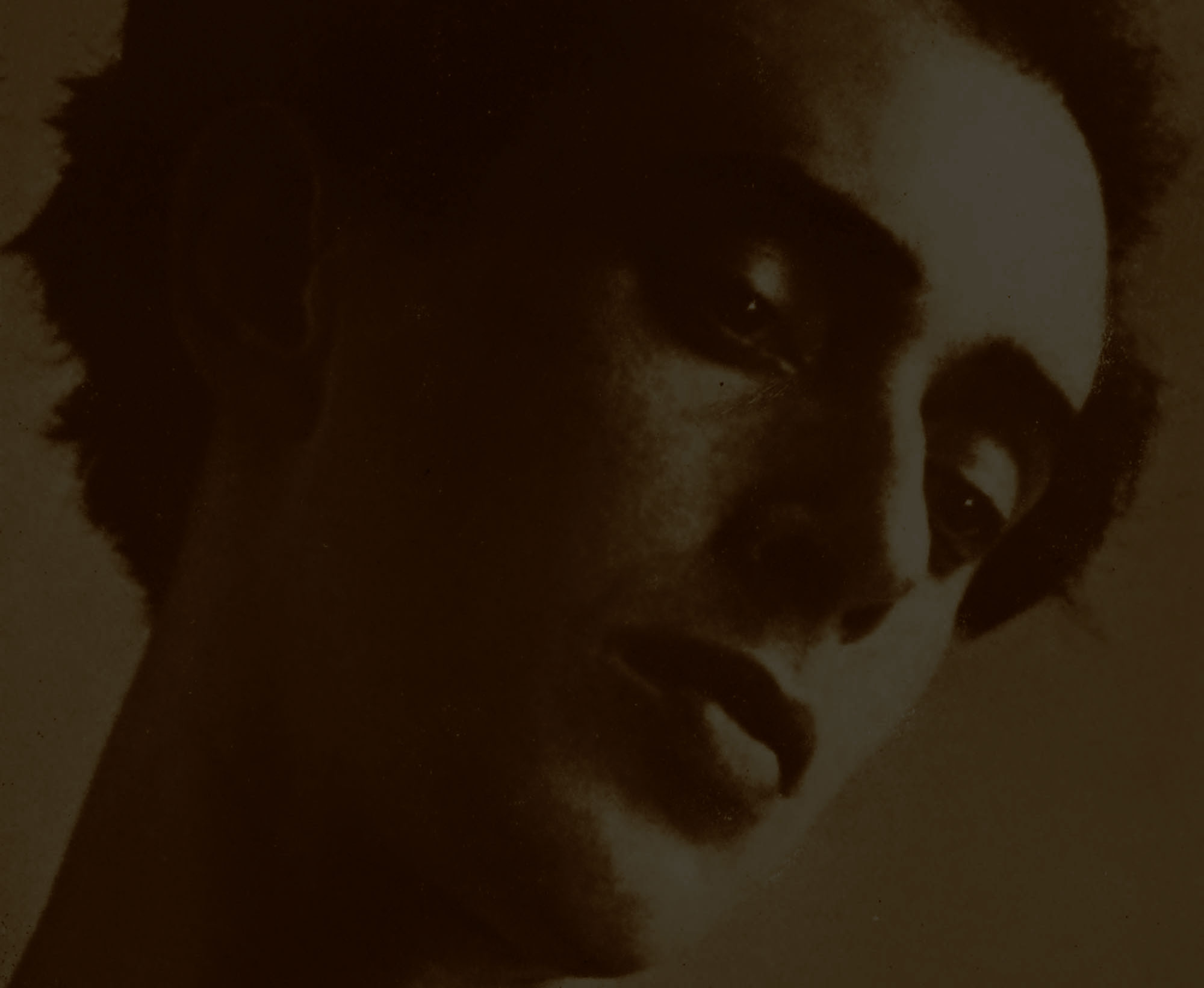Fight with the Gestapo On a Parisian Rooftop
(in an interview) the artist Ervin Marton tells the story of how he became a photographer and a partisan.
English translation from the newspaper Világ (World), Budapest, Hungary -Sunday Feb. 16, 1947 (original below).
In the French embassy in the Károlyi palace, there is a photo exhibit of Parisian, and primarily Hungarian, photographers. One of the most famous seven photographers from Paris, Ervin Marton, came back home for a short time. While we walked around looking at his audacious and fascinating photograms, he told us the story of what happened to him since, in 1938, he left Budapest as a beginning painter and sculptor, and took to the road with 200 Francs in his pocket.
After two smooth years, he picked up a camera and photographed the owner of a neighborhood restaurant who paid him with food. At this time, a great many of Ervin Marton’s photographs are already published on the covers of US and French photo magazines.
At the outbreak of the war, along with many other Hungarians, he volunteered in the army, and with the German occupation, he played an important role in the resistance movement. The Gestapo kept chasing him.
HERE COMES THE GESTAPO
— One dawn I woke up to — he remembers —, that from the courtyard they were shouting my name. At this point, on a nightly basis, I was already distributing flyers by the thousands on the streets, and terrified I realized that I had forgotten two of them on my desk. The detectives footsteps were already resonating by my room’s door, when through the most sudden decision I swallowed the two tell-tale flyers, something that could have caused my death.
— They took me away but through my French friends’ help. I was able to escape, and using my pseudonym and some false papers, my hand-printing press continued to produce French and Hungarian texts, posters and drawings for fliers.
— When the French resistance got organized, the FTPF (FTTF in the Hungarian article) entrusted me with elaborating plans for various sabotage plots. With landmines we targeted bridges, viaducs, roads and houses whose destruction had been assessed to be strategic spots for the occupation forces.
ON TOP OF THE ROOFS OF PARIS…
— One day, one of my anti-fascist friends arrived running and very upset: for a few days I was to hide Heinrich Oberländer, the famous German screenwriter, – Goebbels had wanted to force him to write some Nazi propaganda film, and since he had refused, he needed to flee. Having been condemned to death by the Hitler crowd, he was on the Gestapo’s blacklist. I hid him and his French wife for months. One day, there was some banging on my door. We feared the worst because it was not the agreed upon signal we were hearing. I quickly climbed out of the window – through the very same metal bars I had sawed off when I moved into the apartment – and crawled until my artist-friend’s apartment: Joseph Strémi with whom we had drawn posters and fliers. I asked him to check out who was knocking on my door. Until Strémi came back, those minutes were most suspenseful: the report said that it was the five year old son of the concierge who was playing by knocking on the door.
— We had made it through this too. Later I built barricades, became a sentinel on a rooftop hidden by narrow chimneys and surrounded by a shower of bullets.
— During the first hours of the joyous liberation I was already warming up my camera through the streets so I could memorialize drunk-with-happiness-war-ravaged Paris – an unforgettable image.
Mária Dutka
The page “WAR WORKS” is another way to view some of this narrative through his artwork.
And this page covers some of his trajectory as a member of the Paris FTP-MOI network.
Original Article in Hungarian



